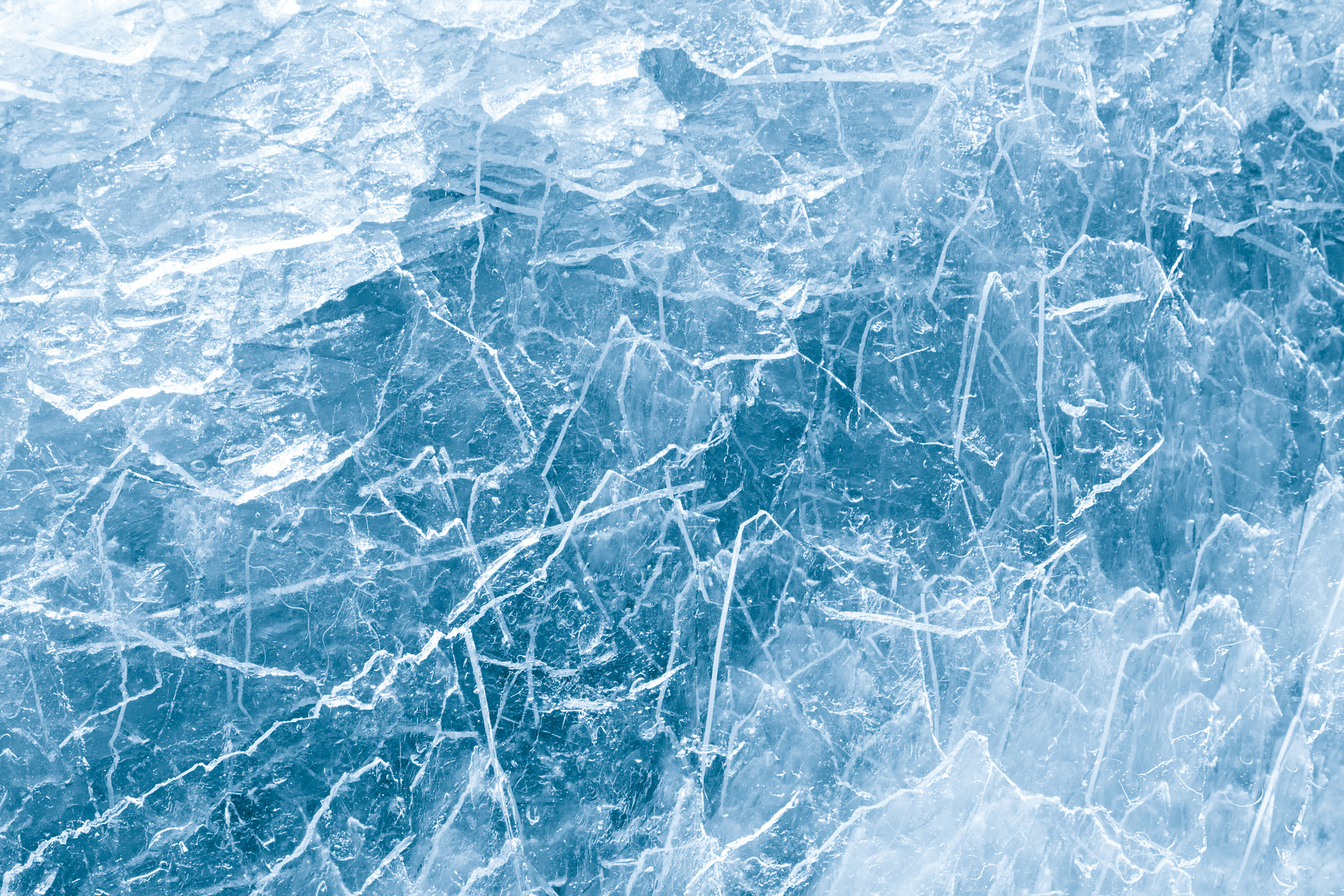got cold feet?
Posted by Andrea Nakayama

Do you have cold feet?
I’m not talking about the cold feet that come with apprehension on your wedding day or before a job interview.
I’m talking about a piercing feeling—almost like frostbite—that just won’t go away, even when tucked under two layers of wool and down blankets. It’s a chill that can be felt in the feet, the hands and fingers, or even the nose and ears.
The frigid sensation also comes with discoloration, turning those extremities white or blue and sometimes making it challenging to walk or type, as I am now.
I used to suffer cold feet like this.
It’s called Raynaud’s disease. And I’m not alone.
Approximately 3-5% of the population endures such a chill. That percentage increases significantly if you narrow the demographic to women between the ages of 15 and 40. It’s likely that you’ll see someone with Raynaud’s disease in your practice.
What is Raynaud’s?
My familiarity with Raynaud’s manifested mostly as cold feet. Yes, my hands and nose were cold, but oh my aching feet. It would hurt to walk during these winter months and well into spring, and I’d sometimes wake up in the night just because one foot touched the other in my sleep.
The throbbing pain was so excruciating that it startled me awake. Ouch!
Raynaud’s disease is an exaggerated physiological response where the small blood vessels (arterioles) in the body’s extremities constrict and spasm, limiting blood flow, heat and oxygen to those areas. It’s often thought of as a circulatory disorder.
It’s triggered by exposure to cold temperatures, but also by emotional stressors.
There are two different types of Raynaud’s phenomenon and it’s important to distinguish between the two.
Primary Raynaud’s: Often called Raynaud’s disease; cause unknown; more mild; more common
Secondary Raynaud’s: Typically triggered by other health concerns including carpal tunnel syndrome, lupus, connective tissue disorders or scleroderma; can also be provoked by certain medications that affect circulation such as chemotherapy, beta-blockers or even some OTC cold medications.
What you can do to relieve those cold feet
You’ll notice that I spoke about my Raynaud’s (which was of the primary sort), in the past tense. That’s because there is indeed something you can do to get relief for your aching feet and help bring some relief to your clients and patients who suffer from this condition!
In general terms, with regards to diet and primary Raynaud’s disease, be sure to address any underlying food allergies or sensitivities. These can put the body under extra stress and become a hidden cause of many health issues and immune responses. (Think elimination diet. Get specific to the individual with what needs to be removed.)
Nutrition & lifestyle recommendations for Raynaud’s Disease
- add coconut oil therapeutically—its medium-chain fatty acids support thermogenesis (or heat production)
- consume plenty of fish and/or a high-quality fish oil supplement to support anti-inflammatory efforts
- add magnesium-rich foods and supplementation to aid the relaxation of those blood vessels
- anti-oxidants (eating the rainbow) are key here to address the oxidative stress that can be a contributing factor (and topical Nitric Oxide along with Nitric Oxide boosting practices such as exercise and consuming vegetables higher in naturally occurring nitrates can help with the removal of free radicals)
- consider the dietary or supplemental intake of the complex of B vitamins, especially B12, as different forms of anemia can impact blood quality and flow and induce cold feelings in the extremities
- introduce gingko to further support blood flow
- warm up and keep moving!
- consider acupuncture to help with blood flow and liver support
Basically, find a way to encourage both chilling out and warming up, all at the same time.
So curling up by the fire and reading a good book may be just what the doctor (scratch that) nutritionist ordered if you’ve got cold feet!
Related Blog Posts
How to get the most practical benefit out of the Functional Nutrition Intake Form
terrain
functional nutrition matrix
Part 1: What’s Functional and what’s not
the 80/20 rule for nutrition practitioners
EXPERIENCE A FREE TRAINING SERIES WITH ANDREA NAKAYAMA TO HELP YOU
Begin practicing functionally today!
MORE TO EXPLORE
You Might Also Like
Maya Simand: Cancer Survivor to Holistic Cancer Coach
Holistic cancer coach Maya Simand shares her inspiring journey to healing. Discover how Functional Nutrition education empowered her to overcome breast cancer and help others find hope through integrative approaches.
Read MoreEstrogen dominance and breast cancer prevention: A Functional Nutrition approach
Estrogen dominance is a key factor in ER+ breast cancer. This Functional Nutrition guide explores how estrogen dominance increases risk and provides practical strategies to balance hormones and support overall health.
Read MoreThe 3 Roots, Many Branches: A Functional Framework for Clinical Success
As practitioners or aspiring nutrition counselors, we’re all familiar with the frustration of watching people struggle with chronic illness, cycling through symptoms and diagnoses without resolution.
Read MorePutting Patients First with Patient-Centered Care
I recently read an account written by a primary care doctor (PCP) describing a patient who had been passed from one specialist to another—each one focusing on ordering tests, prescribing medications, and ultimately sending her off with more questions than answers. No one paused to truly listen to the patient’s story. No one asked about […]
Read More